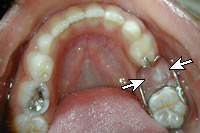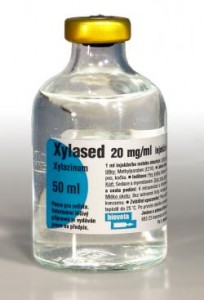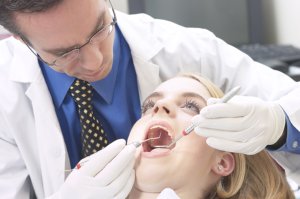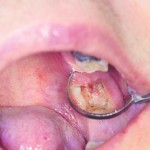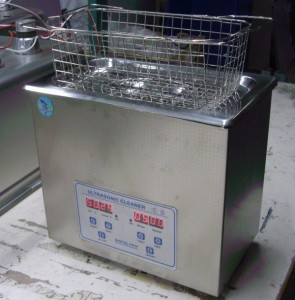Â
Â
Space Maintainer is a fixed or removable appliance designed to preserve the space created by the premature loss of a tooth (can be primary or permanent tooth). Fixed Space Maintainer is not intended to be removed by the patient whereas Removable Space Maintainer is designed for easy removal for cleansing and/or adjustment. Continue reading
